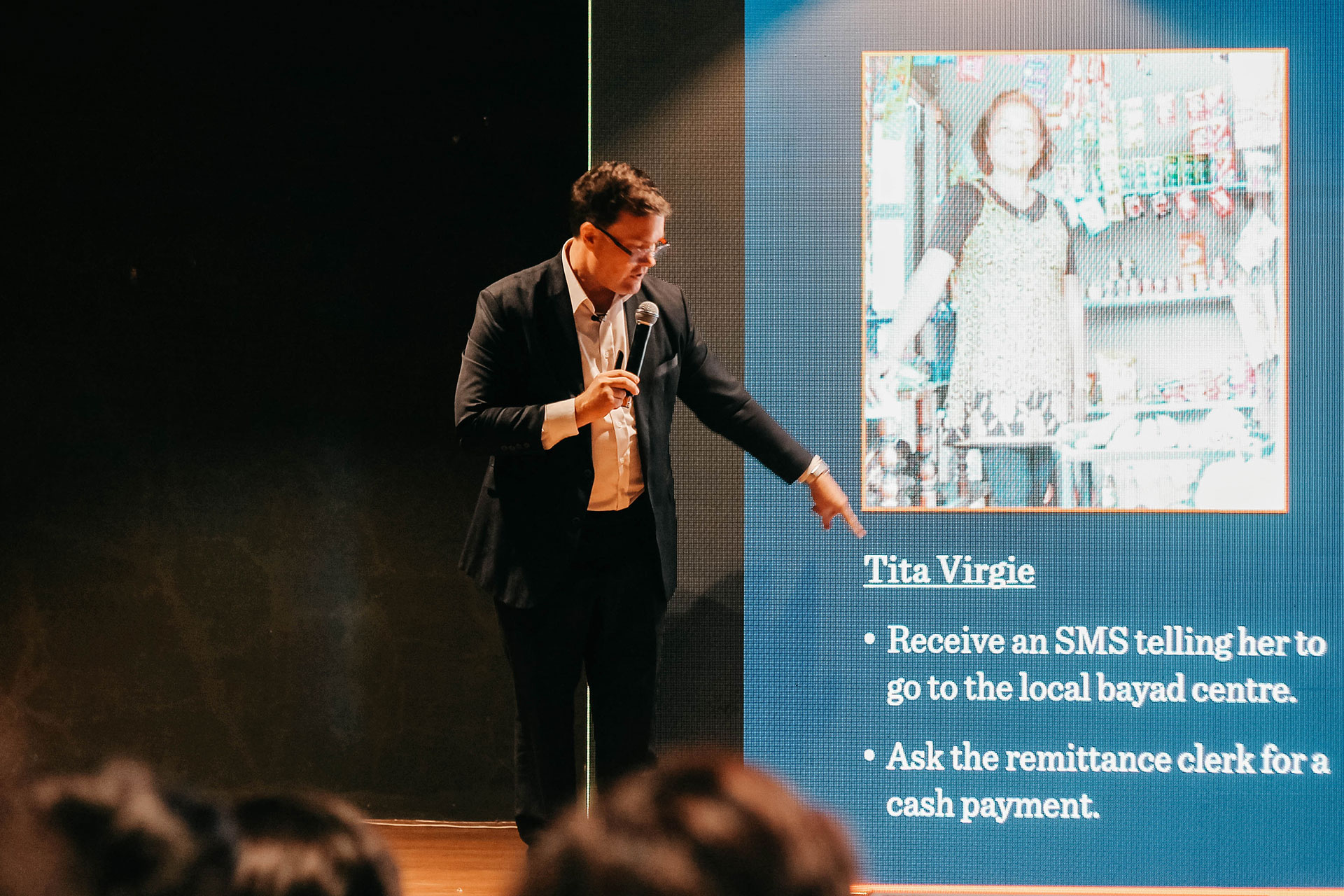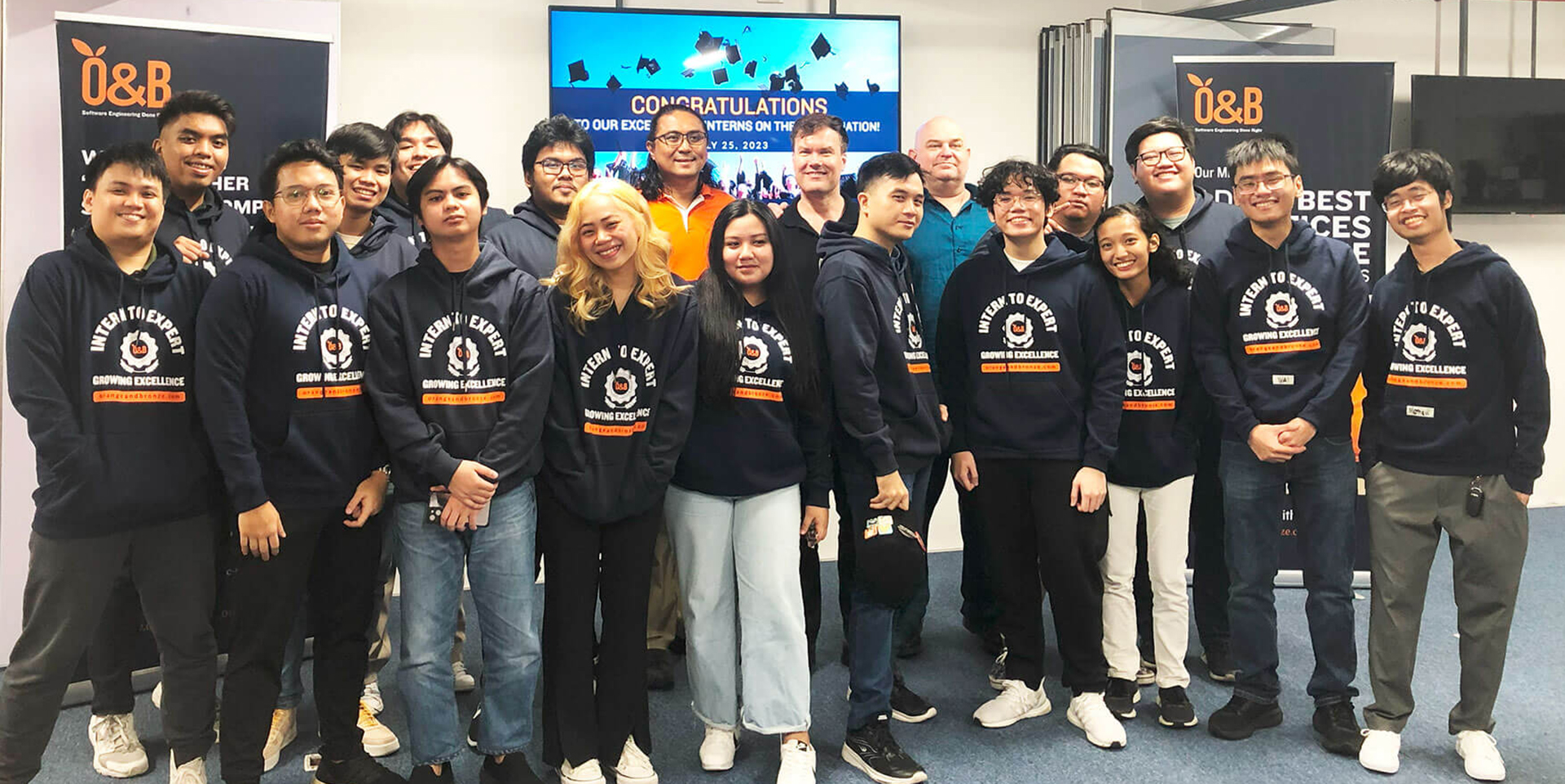Key Takeaways
- Despite efforts towards gender inclusivity, the tech industry remains male-dominated, with only 25% of women in computing or IT-related roles in the United States.
- Notable women like Ada Lovelace, Grace Hopper, and Margaret Hamilton made huge contributions to technology, including pioneering programming languages and software engineering concepts.
- Misconceptions about women’s suitability for IT roles, lack of representation, and difficulties balancing work and family contribute to the low number of women in the tech industry.
- Overcoming gender bias and achieving work-life balance requires determination, passion, and perseverance. Strategies include performing excellently, serving as a mentor, and seeking support from managers and family.
- While organizations work to bridge the gender gap, individuals must also build the courage to pursue tech careers. Advocacy, mentorship, and determination are crucial for creating a more diverse and inclusive tech industry.
Introduction
Over the years, gender inclusivity has constantly been a subject of dispute and awareness campaigns. While these efforts seem to bear fruit, several issues have arisen as people delve deeper into the concept in the workplace. Modern societies say it has been so long since they accepted it, but somehow the general idea of gender inclusivity appears to not be fully embraced in the way people, especially women, act and think. Still, white-collar jobs like Software Engineering and Information Technology (IT) are dominated by men. Only twenty-five percent of the female workforce in the United States holds computing or IT-related roles. This just shows only a few women pursue technology career paths.
Having said this, who would have thought that the world’s first-ever computer programmer was a woman? That the inventor of the first ever compiler was also a woman? That the one who popularized the term “Software Engineering” was, again, a woman? That a woman had a hand in making several technological inventions we enjoy today like Wireless Fidelity (Wi-Fi), Global Positioning System (GPS), and Bluetooth?
Innovative Contributions
The world’s first-ever computer programmer was a woman, Lady Ada Lovelace. She hypothesized that Charles Babbage’s Analytical Engine, the world’s first computer, was capable of more than just calculating numbers – that it could also follow a list of instructions or simply, a program. With this theory, she wrote a sample program to calculate Bernoulli numbers, which historians consider to be the first computer program. Thanks to her idea of manipulating symbols based on a set of rules, a general theory of computing was established.
Another important woman in programming history was Grace Hopper. As the head programmer in Remington Rand, she led a team to develop the first computer language compiler that translated mathematical code into machine-readable binary code. After that, they developed the first programming language that used English-like commands so data processors who were not mathematicians could write programs. Her contributions to the Harvard Mark II program directly lead to the now industry standard terms “bug” and “debug”. Amusingly these terms resulted from the incursion of a literal insect (bug) in the Harvard Mark II machine, which was producing unexpected results as a result.
Working on mission-critical software development for Apollo 11, the first spacecraft to complete a mission that placed humans on the moon in 1969, Margaret Hamilton is credited with popularizing the term “software engineering” and ensuring the mission’s success and astronaut safety through her insistence on rigorous testing.
Wi-Fi, Bluetooth, and GPS, as we know them today, were all inspired by Hedy Lamarr’s co-authorship of groundbreaking research and the consequent invention and patenting of frequency-hopping technology. This was initially developed for guiding missiles to their targets during the war. The system used “frequency-hopping” wherein both the receiver and the transmitter changed frequency together to avoid interception. Because of this achievement, she was called the “Mother of Wi-Fi.” Despite the original patent’s registration in 1942, it took until 2014 for Lamarr (and her co-author, George Anthiell) to be recognized fully and posthumously inducted into the National Inventors Hall of Fame.
The list goes on and these are just some of the notable women who contributed significantly to the tech industry. Women in the past have greatly influenced the technology we have today and have broken the barriers and dismantled stereotypes about women. On the contrary, despite all these, only a few women enter the tech industry and many still choose pink-collar jobs where they are traditionally accepted and the majority. So, what’s going wrong?
Challenges and Overcoming Them
In our organization, despite strong leadership support for diversity, and recognition of the value of female contributions to engineering, I am the only female software engineer in our department. So, if not a gender bias in hiring, then why? Simply because there are typically very few female applicants for engineering roles. The same thing happens in our internship program. Most hired interns are men, and if fortunate, they get absorbed right after the program. If only there were more female applicants, I’m confident we’d see the gender gap in engineering start to narrow. We have predominantly female Project Managers and Business Analysts in O&B today.
I believe the root cause is a pervasive misconception that IT-related and Computer Science courses are for men, the assumption being that they mainly require strength and logical skills to build, fix, and innovate with computers. Stereotypically, especially in Asian countries, women are believed to be more emotional, and less logical than men, and men are assumed to be stronger than women. Even I long accepted that most of my peers of the same sex would choose a different path. When I was in college, I was used to having only male classmates. So, when I started working as a software engineer, I was not surprised to be the only female dev in the team because I was already used to the feeling and the environment.
This lack of representation of women in the industry makes the misconception even stronger as we have few women in the market available to disprove the assumptions. It is far more challenging for aspiring female software engineers to see career growth without the confidence of a role model or mentor, who was once faced with similar stereotypical biases and challenges.
What makes this low number of women in tech lesser is work-life balance. We know how hard it is to balance career and family responsibilities with the demanding nature of tech roles as it strictly requires focus, and time management. While few women manage to overcome this, some women choose to put their careers on hold and concentrate exclusively on their families.
Fortunately, I was able to overcome these challenges and I think it all boils down to inner passion. When you have the strong drive to continue what you are doing despite hurdles and bumpy roads, you will eventually find a solution to whatever problem comes your way.
If gender bias is pervasive in your department, you must be seen to perform and deliver excellent work. As with any profession (and sex), demonstrating that you go above and beyond the minimum expectations of your role to show you can contribute to the project, and as a woman, your contributions are equivalent, if not better than those of your male counterparts. If you feel like they give you easy-peasy tasks, always get the job done as fast as you can and continue to amaze them! The complexity of your tasks and their trust in you will level up each time and eventually, their preconceptions of you will be forgotten, just as has occurred for me in my time at O&B, where merit and capability have always been our primary focus in performance evaluations.
If there are no women in your team who can act as your mentor, then I urge you to strive hard to be one for other aspiring female software engineers. Remember, having a good mentor, regardless of their sex, is more important than going at it alone. Anyone can certainly be your mentor if they inspire you to improve and help you navigate the challenges of the industry. Remember the great women in history whose minds and spirits helped to create the very foundations of the technology landscape we enjoy today. Just imagine how gender-biased the society was during their time, and let’s celebrate their success and innovations, despite such strong adversity.
When you find it hard to balance work and family duties, seek help and communicate openly with your manager and your family. Explore options like hiring a housekeeper or a babysitter. Negotiate for flexible working hours or look for opportunities that offer hybrid or work-from-home setups. Surely, there is a workable solution for whatever situation you are navigating. Every problem has a solution and if you want to pursue your career, giving it up simply cannot be your most empowering choice.
Conclusion
With organizations actively working to bridge the gender gap in the tech world, let us also work on ourselves and build the courage to pursue a tech career. As we collectively work towards building more diverse and inclusive spaces within the tech industry, the future for women who code is poised to be characterized by innovation, leadership, and a resounding affirmation of their indispensable contributions to shaping the digital frontier. Through continued advocacy, mentorship, and unwavering determination, the future holds the promise of a tech industry that truly reflects the diversity and talents of men and women, where every woman who codes is not just a participant but a driving force in shaping the technological landscape of tomorrow.
During this women’s month, let us all take a moment, regardless of our biology, to admire and celebrate the great women who have been so crucial in the history of modern computing. Valé Ada Lovelace! Valé Grace Hopper! Valé Marget Hamilton! Vale Hedy Lamarr! And let’s not forget the incredible female minds we still have in the industry today, such as the inimitable Mary Poppendieck, and senior Netflix technology executives like Kim Po (CTO, Netflix), and Eunice Kim (CPO, Netflix). May many young women follow in their footsteps!










